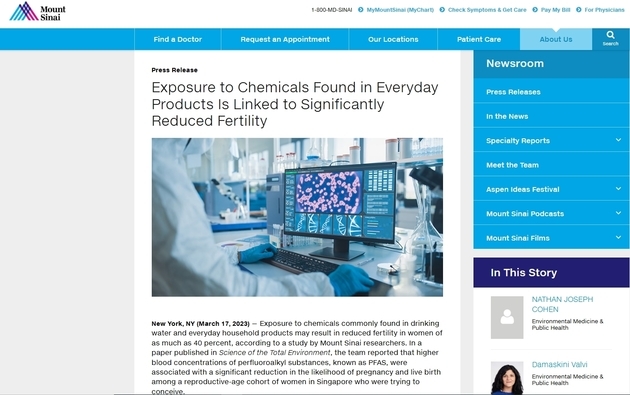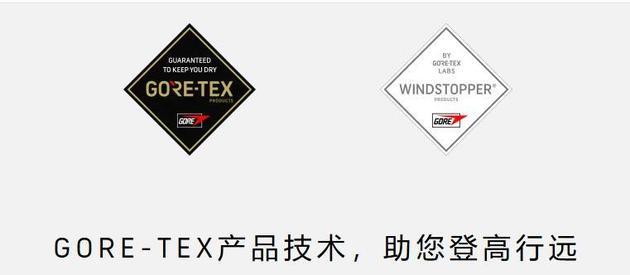The outdoor apparel industry, long reliant on PFAS (per- and polyfluoroalkyl substances) for waterproofing, is undergoing a quiet revolution as brands and manufacturers pivot toward safer alternatives.
Known as "forever chemicals" due to their persistence in the environment and human bodies, PFAS pose significant long-term health risks.
Dr. Linda S. Birnbaum, former director of the U.S. National Institute of Environmental Health Sciences and the National Toxicology Program, told National Business Daily that while wearing PFAS-containing outdoor gear won't be an acute effect, the chemicals' permanent nature means they accumulate over time in body, potentially cause effects.

Photo/Screenshot
Chemical Reckoning
GORE-TEX, a leader in outdoor fabrics, has faced scrutiny for its historical use of PFAS. However, Molly Cuffe, Leader of Communications at WL Gore & Associates (parent company of GORE-TEX) told National Business Daily, the company is now rolling out its new ePE membrane technology, which eliminates intentionally added PFAS. By the end of 2025, most of its consumer products will transition to this alternative.
Similarly, Patagonia has committed to entirely PFAS-free product lines, drawing inspiration from unconventional sources like automotive battery technology to maintain performance without harmful chemicals. Its spokesperson Gin Ando told National Business Daily.
Other major brands, including Arc'teryx and Mammut, are also adopting PFAS-free materials for select products, though full industry-wide elimination remains a challenge. OEKO-TEX, a global certification body, notes that while alternatives can match waterproofing, replicating PFAS's oil- and stain-resistant properties is still difficult—a key reason for their continued use in specialized gear.

Photo/Website of GORE-TEX
Beyond Banning
The shift comes as U.S. states like California and New York ban PFAS in clothing. Consumers are increasingly seeking transparency, with experts recommending checking brand websites or independent platforms like the "PFAS-Free Products List" for verified options.
The move away from PFAS reflects a growing recognition that innovation must not come at the cost of long-term harm. The industry's progress, though incomplete, signals a critical step toward reconciling performance with planetary health.
The outdoor sector's material overhaul underscores a pivotal truth: true advancement lies in solutions that protect both people and the environment. As bans expand and alternatives improve, the era of "forever chemicals" in gear may finally be nearing its end.


 川公网安备 51019002001991号
川公网安备 51019002001991号





